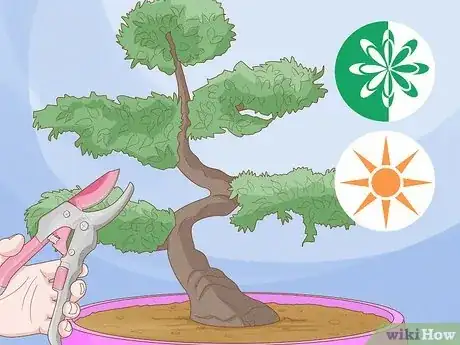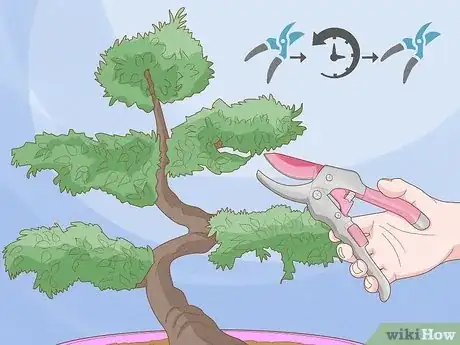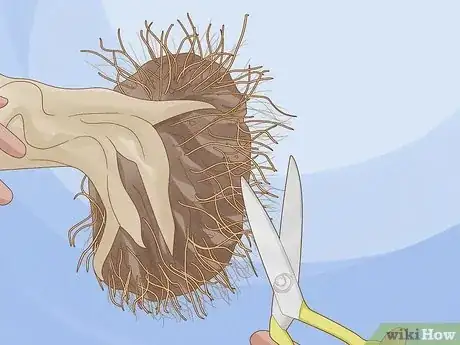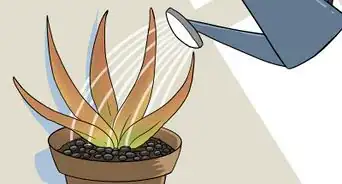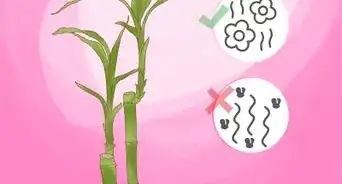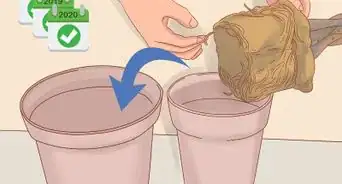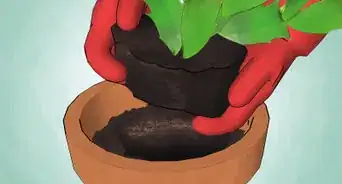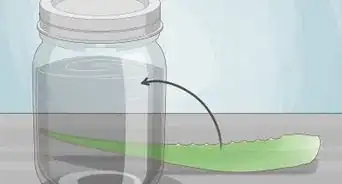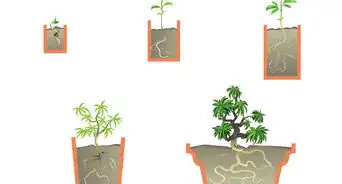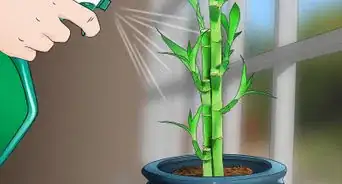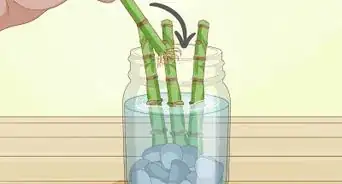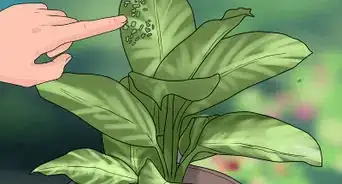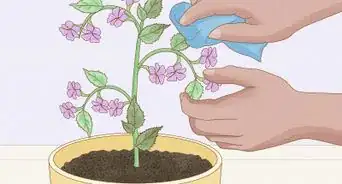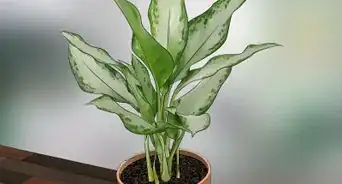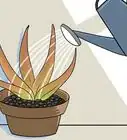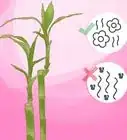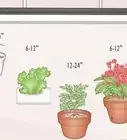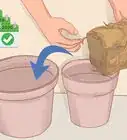This article was co-authored by Melinda Meservy. Melinda Meservy is a Plant Specialist and the Owner of Thyme and Place, a botanical boutique offering plants and gifts in Salt Lake City, Utah. Before starting her own business, Melinda worked in process and business improvement and data analytics. Melinda earned a BA in History from the University of Utah, is trained in lean and agile methodologies, and completed her Certified Professional Facilitator certification. Thyme and Place offers indoor plants and containers, a fully stocked potting bench, and tips on plants to suit your space and lifestyle.
There are 7 references cited in this article, which can be found at the bottom of the page.
wikiHow marks an article as reader-approved once it receives enough positive feedback. In this case, several readers have written to tell us that this article was helpful to them, earning it our reader-approved status.
This article has been viewed 144,028 times.
Bonsai is the Japanese practice of growing miniature trees in small containers. The art of bonsai lies primarily in the grower's ability to shape the tree in order to contain and direct its growth. For this reason, learning how to trim a bonsai is an essential skill for any grower interested in this method. The steps below will help you to understanding the process of trimming and shaping your bonsai into a beautiful work of art.
Steps
-
1Determine which season your tree should be trimmed during.[1] Bonsai trees should only be pruned during a certain time of year. This is so that the tree can adequately heal the wound created during pruning. The ideal pruning season will vary between tree species, but will usually be during the spring and summer when the plant is growing most vigorously.[2] Check online or with a nursery to determine the pruning season for your species.[3]
-
2Ensure that the tree has enough time to recover from the pruning. Remember: pruning any plant creates a wound that leaves the plant open to the risk of infection and requires extra energy to heal. Because bonsai trees must be pruned so often to maintain their shape, it is important that you schedule major trimmings as far away from each other as possible.[4]Advertisement
-
3Determine which branches should be pruned. Trimming a bonsai tree's branches is a matter of controlling the direction of growth. This is done for 2 reasons: for aesthetic interest and for structural stability.[5]
- For aesthetic reasons, you will want to remove any branches that will clutter and cloud the tree's artistic line.[6] These would include branches that cross each other, those that grow at very sharp angles, and those that grow across the trunk and interrupt its continuous line.
- For structural reasons, you want to leave branches intact that will increase growth in weak areas. For example, leave branches in place on thinner areas of the trunk to help thicken it. If the trunk leans heavily in one direction, remove branches in that direction while preserving those in the opposite direction.
-
4Trim the bonsai tree's roots accordingly. The above ground and underground portions of your bonsai tree will need to be kept in relative proportion. Make sure that you occasionally trim back the root system of the tree to prevent it from growing too vigorously. This quick growth can force you to prune more often than you'd like, which can expose the plant to infection and rot.[7]
Community Q&A
-
QuestionWhy does my bonsai bleed white when trimmed?
 Community AnswerIf a plant bleeds white, then the substance being released is latex. This latex is a defense mechanism shared by many plant species. Ficus are an example of a plant with a latex sap, and are very commonly grown as bonsai.
Community AnswerIf a plant bleeds white, then the substance being released is latex. This latex is a defense mechanism shared by many plant species. Ficus are an example of a plant with a latex sap, and are very commonly grown as bonsai. -
QuestionShould I trim the main root or the air roots?
 Community AnswerIf you decide to trim roots, trim the air roots. Cut them slanted so the plant can receive lots of nutrition and water.
Community AnswerIf you decide to trim roots, trim the air roots. Cut them slanted so the plant can receive lots of nutrition and water. -
QuestionMy golden gate tree has some yellow leaves. I water it once every eight to 10 days. Does it need to be pruned? Am I missing something?
 Community AnswerI water my bonsai every two days. If every eight days is the amount you gave it in winter, it will need more in the spring/summer as the tree is more active.
Community AnswerI water my bonsai every two days. If every eight days is the amount you gave it in winter, it will need more in the spring/summer as the tree is more active.
Things You'll Need
- Bonsai tree
- Container
- Pruners
References
- ↑ https://www.bonsaiempire.com/basics/styling/pruning
- ↑ Melinda Meservy. Plant Specialist. Expert Interview. 18 August 2020.
- ↑ https://www.rhs.org.uk/advice/profile?PID=586
- ↑ https://www.bonsaiempire.com/basics/bonsai-care/advanced/calendar
- ↑ https://www.proflowers.com/blog/beginner-bonsai-tree-care
- ↑ Melinda Meservy. Plant Specialist. Expert Interview. 18 August 2020.
- ↑ https://www.evergreengardenworks.com/rootprun.htm
- ↑ https://www.evergreengardenworks.com/pruning.htm
